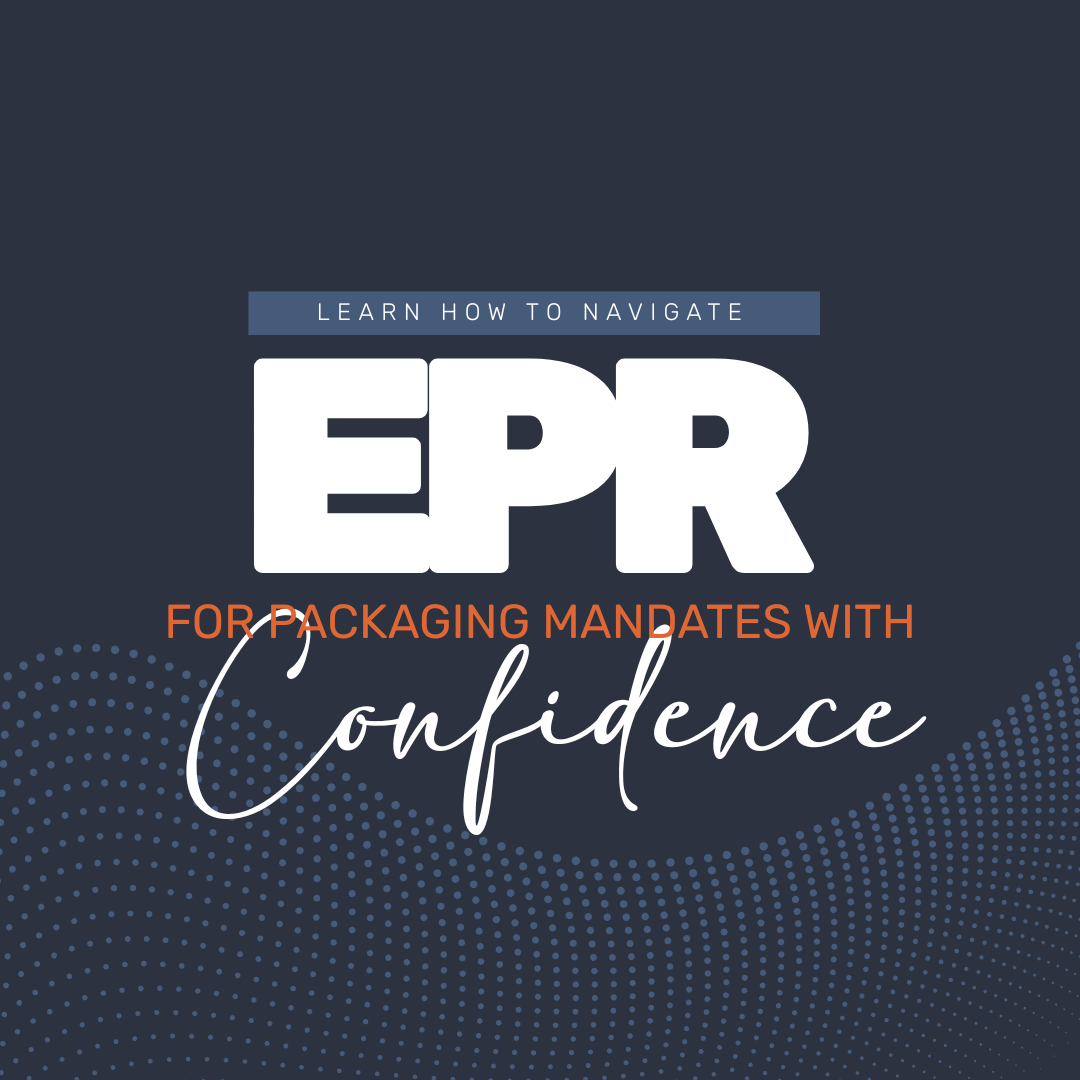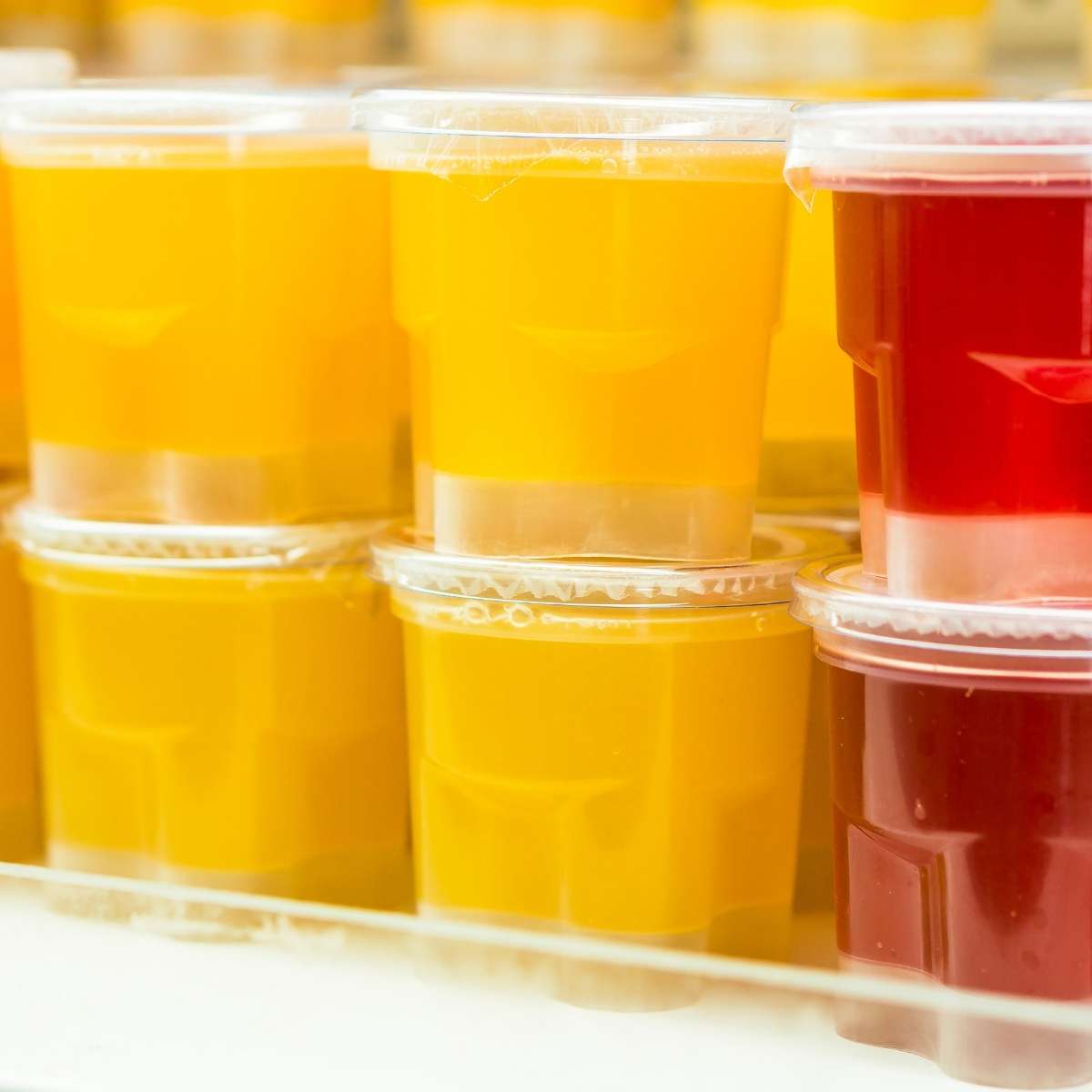
Plastic Ingenuity has developed an Extended Producer Responsibility (EPR) video series as…


Every day, people flock to grocery stores, restaurants, and convenience stores with one goal in mind: to buy some food. Consumers have an amazing amount of choice when it comes to purchasing different products, so it’s important for suppliers and distributors to really think about the type of packaging they’re using for their products. Employing creative design for food packaging can mean the difference between a customer picking up your product and putting it into their cart or leaving it on the shelf. Beyond looks, though, product safety and freshness are two other big factors that cause shoppers to choose one thing over another.
In addition to how the product looks on shelves, brands need to decide on a few other important factors. For instance, one benefit of using plastic packaging is that it’s very easy to make the packaging transparent so that consumers can see exactly what your product looks like. If your product is visually appealing, transparent packaging can entice customers to make the purchase, perhaps even if the item wasn’t on their shopping list. Especially for to-go prepared food, transparent packaging lets the customer see clearly what they’re getting and help entice a point-of-sale decision.
Aside from visual appeal, however, plastic packaging makes it easy to secure food from contamination or spoilage. Tamper evident packaging is popular for food production brands, as this ensures the product is safe for customers. It’s important to work with a packaging production company that that is knowledgeable about different regulations that keep food safe. Whether you’re selling a packaged salad from a café, or you’re packaging products fresh from a deli, you need to be able to sell your customers food that is safe from contaminants in the air around the food.
When you’re considering different types of packaging for your food product, you’ll have the option to choose between a variety of materials. Some of the most common materials used for food packaging include PE, PP, PET, CPET, HIPS and bioresins; the type suited best for your product will depend on what it is that you are selling. If you’re unsure what type of material to use, it’s ideal to discuss the range of possibilities with your plastic packaging solutions provider. They’ll be able to offer insight on what material will work best for the food you’re selling.
Learn more about the different types of food packaging offered today—contact Plastic Ingenuity for more information!
